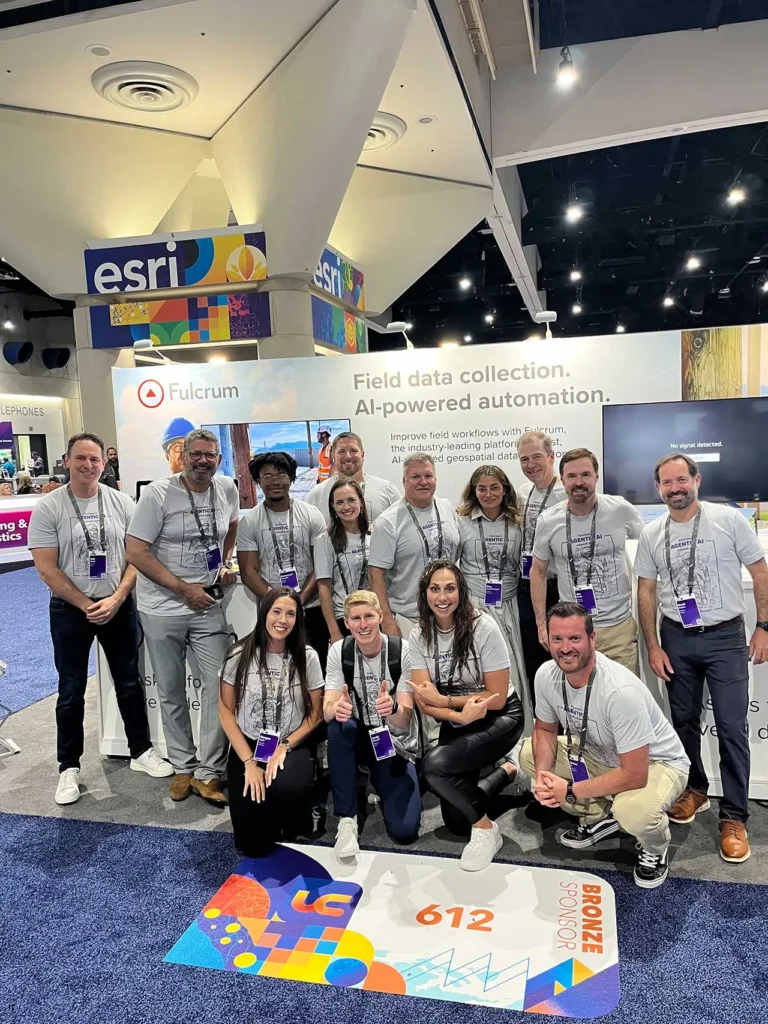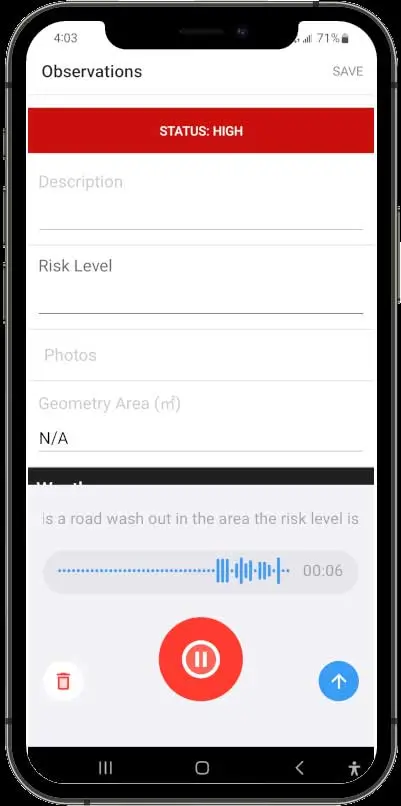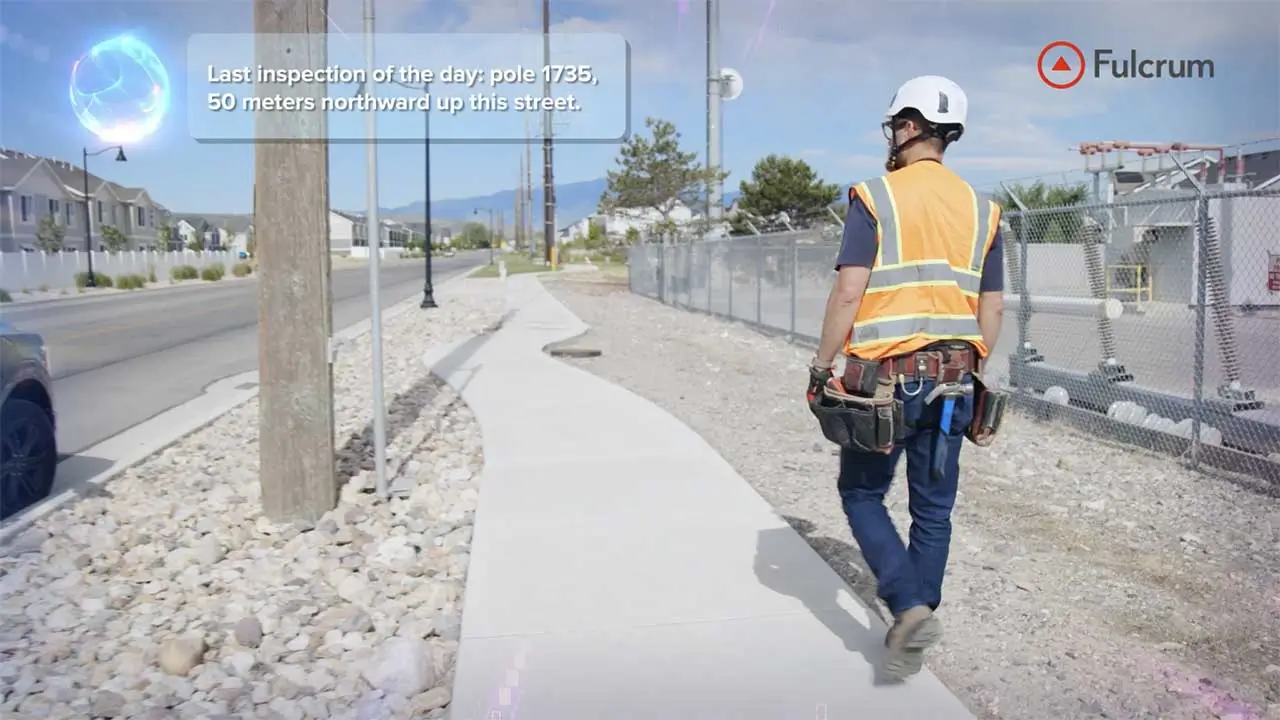Across electric, water, and gas utilities—along with pivotal infrastructure contractors—field teams face a tangled web of manual paperwork, disconnected digital tools, and the ever-present mandate for safety, uptime, and regulatory compliance. Enhancing these field operations for energy and enterprise organizations is no small feat. But Fulcrum, under the direction of CEO Jim Grady, has set out to upend the status quo for field inspections, process management and analytics with its unified platform that helps organizations streamline operations, improve compliance and empower front-line workers by leveraging the latest advancements in smart data and workflow automation…and a bold vision for “Agentic AI.”

From Telecoms and Digital Forensics to Field Innovation
Jim Grady’s entrance into the field technology arena culminated from decades spent at the crossroads of engineering and execution. An engineer by education and a business leader by profession, Grady built his reputation scaling technology-driven companies, most notably as CEO of Cellebrite, Inc., a leader in digital forensics, where he steered growth from $18 million to $100 million in annual revenue and broadened its market impact. His roots in both technical and business realms provide a unique perspective that would ultimately shape Fulcrum’s trajectory.
Fulcrum’s Origin: Solving Field Data Chaos and Gaps
Fulcrum’s story began with a challenge Grady and his team sought to solve for the world’s critical infrastructure providers (electric, gas, and water utilities, along with environmental and energy enterprises): how to support the fractured backbone of modern infrastructure operations.
Field inspections in utility sectors have long been characterized by inefficiency, from its confusing mix of paper forms and scattered digital tools to disconnected office processes. For many utilities, any digital “upgrade” simply created new headaches by over-burdening field workers with dozens of new apps, each aligned with a different office system and requiring cumbersome data transcription and manual synchronization.
In searching for a solution to this problem, Grady encountered Fulcrum in 2019. Originally developed by Spatial Networks, Fulcrum immediately stood out. Grady recalled. “We were excited about how important it was to building out the critical infrastructure of our country and around the world, to make people’s lives better,” he said. The team acquired Spatial Networks at the end of 2019 and began the hard work of launching Fulcrum’s next chapter as a dedicated field inspection and process management platform. Fulcrum’s mission, by Grady’s account, is to restore clarity and productivity for field teams.
The Real-World Impact: Streamlining Field Operations
The sprawling complexity of traditional field management—where dozens of incompatible apps, recurring paperwork, and slow communication reign—carries serious consequences for energy and enterprise operators. Minutes of admin time in the field can equate to tens of thousands in lost revenue.
Grady painted the picture of traditional field processes. “Instead of them having an app, they’ve got 50 apps and, in between that, they use their pen and paper, because all those apps didn’t really cover their process,” he said. “And it’s pretty frustrating. It was better when it was all paper,” Grady observed. “But Fulcrum…it’s a whole different way of doing business: one system, one platform for the field that does all the field’s work and then integrates back to those office systems,” he continued.
Fulcrum’s value is clear for workers on the ground, including contractors. A field technician begins their day by loading assignments, which are geo-tagged at the asset—not just an address, but the precise pole or pipeline segment in need of inspection. The app then guides them step-by-step through the process, incorporating safety protocols, historical inspection data and embedded reference materials. It also consolidates all their field tasks into a single intuitive workflow. When the inspection is complete, data flows seamlessly to office systems, enabling real-time analytics, improved compliance, and better asset management. Other substantial benefits include reduced downtime, streamlined maintenance, and a significant reduction in errors linked to manual paperwork.
In short, Fulcrum’s one platform “just drives efficiency,” Grady said. “You collect the data, you process the remediation, and it manages your workflow.”

The Power of Context: Field Technology that Adapts
What distinguishes Fulcrum from generic field data collection tools is its field-centered, adaptive philosophy. The platform not only digitizes field operations, it recognizes the dynamic, often unpredictable settings in which utility inspectors, line workers, and environmental technicians operate.
For example, assignments aren’t always at a street address. Sometimes they’re at a specific GPS location, tucked between two city blocks or in a rural area. “It’s this pole, not that pole 100 feet away. So the GIS part of it is very important that they’re at the right asset,” Grady noted. Fulcrum integrates with Esri tools to provide the precision required.
Fulcrum’s workflow flexibility further empowers field teams. Changes to inspection routines, process steps or data fields can be made in minutes, distributed instantly, and reflected in the field almost immediately. “The supervisor can make those changes in minutes, hit deploy and have it in your hands in minutes or hours,” Grady asserted. Contrast this with sluggish, months-long update cycles of legacy solutions.
Innovations in Hands-Free, Real-Time Fieldwork
Fulcrum has come a long way, but it is not standing still. The company recently announced its vision for “Agentic AI,” a roadmap designed to elevate field operations to entirely new levels of safety, productivity, and compliance for critical infrastructure. As articulated by Grady and Fulcrum’s leadership, this vision unfolds in multiple phases and is already taking shape in field deployments.
Voice and Photo: Smarter Data Collection
Fulcrum’s pipeline of features starts with practical tools now in use by field teams. The “Audio FastFill” feature, deployed across customer sites, lets inspectors collect structured data by simply speaking as they work. “It figures it out and puts it in the right place (in a form). So it’s a lot more than just text-to-speech, speech-to-text. It’s really kind of figuring out what goes where,” Grady explained.
“Photo FastFill,” also currently being tested in field environments, enables fieldworkers to snap a picture of equipment labels or meters and see relevant information—from voltage to serial numbers—automatically parsed and entered into the workflow. It does not require model training and it works even with labels from diverse equipment manufacturers.
Instant Data Insights and Office Integration
Beyond the field, Fulcrum’s new “Instant Data Insights” feature makes analytics accessible to everyone with no coding knowledge required either. Office managers or supervisors can ask natural language questions (e.g., “Show me all inspections out of spec in this region with readings over X”) and receive answers with charts or reports in seconds.
Previously, such reporting demanded hours of custom SQL queries or business intelligence setup by technical experts. As Grady framed it, “It can be hours of work to write up a report and build it and format it the way you want it. Now anybody could ask for this…hours to minutes. And for everybody, not for just skilled SQL users.”1
Toward the Agentic Future: Hands-Free, Context-Aware Guidance
The cornerstone of Fulcrum’s vision—and the centerpiece of its announcement at the 2025 Esri User Conference—is the pursuit of truly hands-free, AI-guided field operations. According to Grady, the goal is an “agentic experience,” where an intelligent software agent accompanies the field worker through every step, offering real-time context, ensuring compliance, and even verifying safety steps such as personal protective equipment (PPE checks) through smart glasses or earpieces. “The supervisor cares about your health. Doesn’t want you to do it unless you got the hard hat,” Grady remarked to illustrate how Fulcrum embedded safety into its process flows. Field teams will soon be able to conduct complex inspections—gloves on, tools in hand—with instructions, readings, and reference materials accessible via voice and augmented-reality (AR)-enabled eyewear.
The company’s roadmap also includes AI-driven quality assurance, anomaly detection, and proactive workflow guidance powered by integration with geospatial and enterprise data (GIS, EAM, and asset history). These advances, made possible by Fulcrum’s deep GIS integration and flexible platform architecture, should address the complexity and rising expectations in utility and infrastructure fieldwork.

Fulcrum’s Vision for Energy and Enterprise
Fulcrum’s core market is clear: electric, gas, and water utilities, infrastructure contractors, and major energy enterprises. The platform supports both owner-operators and third-party service providers, including leading U.S. wood pole inspection firms that oversee millions of field assets annually. The company’s focus is tightly defined: mission-critical sectors where safety, uptime, compliance, and data quality are non-negotiable.
The impact is tangible. In real field deployments, organizations using Fulcrum have accelerated inspection cycles, improved safety compliance, eliminated handwriting errors, and empowered both field and office teams to work from a single, unified source of data—ultimately enabling faster response to critical events and better long-term asset stewardship.
What’s Next for Fulcrum?
Fulcrum is on a path to deliver its “Agentic AI” milestones at a rapid pace. Features previously slated for release in the next year are now arriving within quarters, as underlying cloud and AI technologies mature and become more deployable.
Grady was candid about the pace of change: “It’s amazing. This technology is like one of the first times when engineering says, ‘That’ll be a couple of years,’ and they start bringing the timeline in, instead of pushing it out…it’s always the opposite. It’s like saying, ‘We can do that in a couple of years,’ and it takes five. But, this is going the other way,” he observed.
As Fulcrum moves quickly along its roadmap, field teams across energy and enterprise operations can expect to see guided workflows, instant analytics, real-time quality checks, and ultimately, a fully hands-free, voice-guided and context-aware field experience.
Grady summarized the company’s ambition: “We’re in a new era with these kinds of platforms, an AI-enabled field process management platform to make the work much easier…it’s a whole new category and that’s really transformational for the companies that deploy it,” he said.
By: Dawn Zoldi

